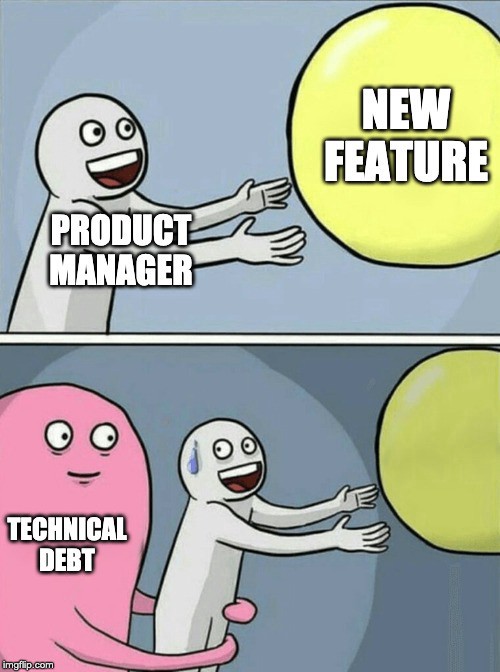Balancing Speed and Quality: Navigating the Terrain of Technical Debt
Software systems are susceptible to accumulating technical debt, which refers to the shortcomings in internal quality that impede the system’s extendability and modification. This guide will discuss the concept of technical debt, its impact, and strategies for managing it effectively.
What is Technical Debt?
The Concept
Technical Debt is a metaphor coined by Ward Cunningham, which likens software deficiencies (cruft) to financial debt. This metaphor helps us conceptualize the extra effort required to add new features as the interest paid on the debt.
Imagine your code base has a confusing module structure, and you need to add a new feature. If the module structure was clear, it would take four days, but due to the cruft, it takes six days. The two-day difference represents the interest on the technical debt.

Managing Technical Debt
Weighing Costs
Although the debt idea is attractive, it’s crucial to note that measuring productivity in software development is tough. We can make educated guesses about the time and cost of cleaning up, but these estimates are often not very accurate.

Gradual Improvement
Typically, it’s best to make gradual improvements. For example, you could invest a few extra days in cleaning up your code for the first feature. This reduces the extra effort required for future updates, making them more cost-effective.
Making Informed Decisions
When deciding which cruft/debt to address, think about whether it’s better to pay now or later. Leave the messy but stable code as it is, but be strict about cleaning up the highly active areas because they can be very costly in terms of extra effort.
Addressing the Risks
Justifying Neglect
Sometimes, people use the debt metaphor to excuse not keeping the code clean. They argue that it’s time-consuming to keep things tidy. When new features are needed fast, it might seem okay to let the mess build up.
The Danger
The risk is that the analysis isn’t done well. Cruft slows down new features, and teams can end up delayed. Taking on debt to speed delivery only works if you stay below a certain threshold.
“The danger with technical debt is when you’re not aware of it, or not making a conscious decision to either clean it up or take it on.” ~ Martin Fowler
Regular Debates
There are ongoing debates about which kinds of cruft should be considered as debt. It’s useful to think about whether the debt is acquired deliberately and whether it’s prudent or reckless.
Key Takeaways
Prioritise Gradual Improvement: Start by identifying areas in your codebase that need cleaning up, especially those causing frequent hiccups. Invest extra time in gradual improvements, bit by bit. Over time, this reduces the extra effort required for future changes, making them more efficient.
Evaluate the Cost of Cleaning: When deciding which parts of your code to address, consider the cost of inaction. Focus on areas of high activity that demand a zero-tolerance approach to technical debt. Leave the stable but messy sections for later.
Balance Speed and Quality: Be cautious when using the debt metaphor to justify neglecting code quality. While speed is essential, prioritise maintaining internal quality to avoid accumulating more debt than you can handle. Finding a balance between speed and code cleanliness is key.
Track and Manage Technical Debt: Create a system for tracking and managing technical debt. Regularly review the codebase to identify areas that require attention. Assign tasks to clean up these areas as part of your development process.
Engage in Knowledge Sharing: Promote discussions and debates within your development team about what constitutes technical debt. Encourage deliberate decisions on when and why to take on technical debt. This shared understanding will help maintain code quality while meeting project deadlines.



